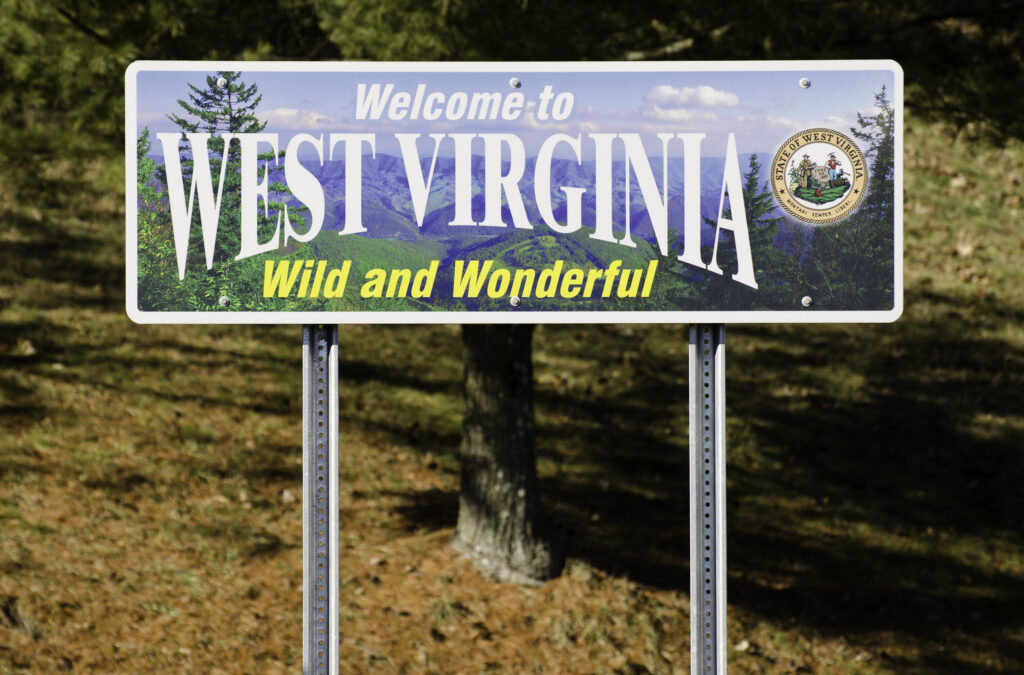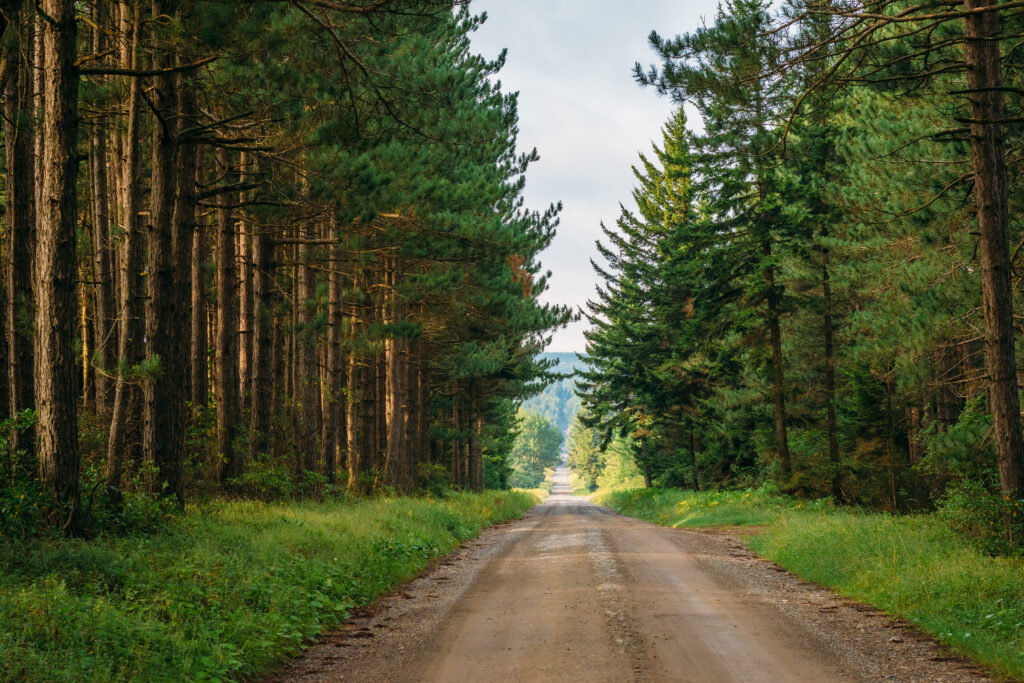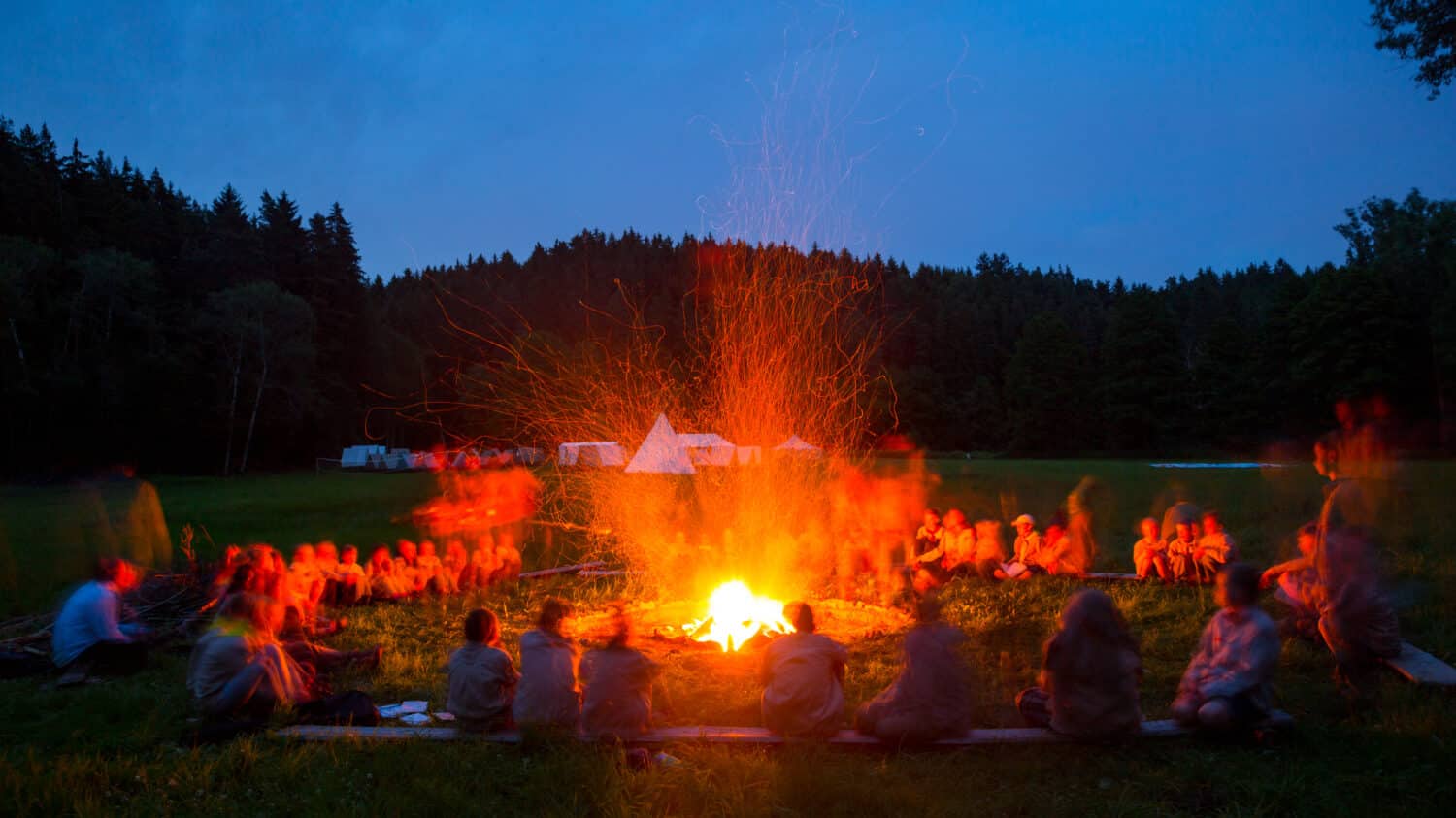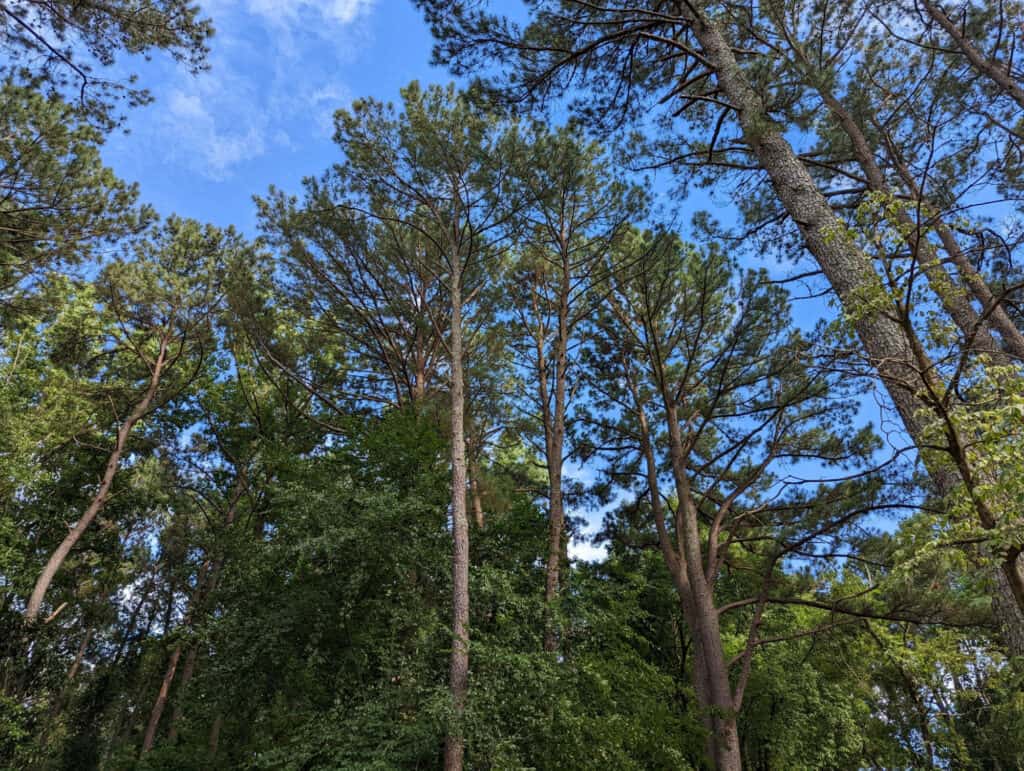West Virginia is a state that boasts of natural beauty and vast stretches of untouched wilderness. However, behind this picturesque landscape lies an intricate web of land ownership and management. In this article, we aim to shed light on the five largest landowners in West Virginia. From timber companies to private individuals, these entities hold significant portions of the state’s land and have a major impact on its economy and environment. Join us as we delve into their stories and uncover what makes them stand out in the world of West Virginia real estate.
1. State of West Virginia — 1,500,000 Acres

West Virginia is the only state that is completely within a mountain range.
©LesPalenik/Shutterstock.com
West Virginia state owns a staggering 1.5 million acres of land, making it the largest landowner in the region. This vast expanse is primarily owned by none other than the state itself, which has dedicated these lands towards public use and conservation efforts.
The abundance of West Virginia’s natural resources has made its terrain ideal for outdoor activities such as hiking, camping, fishing, and hunting. The state parks located on these lands provide ample opportunities for visitors to explore nature at its best.
In addition to recreational purposes, some portions are also designated for resource management; forestry being one of them. These areas are managed carefully so that they can continue to provide an abundant supply of timber while remaining sustainable over time.
Moreover, wildlife management areas have been established across several regions within this massive stretch of land in order to conserve native species and preserve their habitats through various measures, such as planting trees and creating brush piles.
Overall, West Virginia’s commitment to preserving its natural heritage is commendable. Its vast tracts serve not only as a source of recreation but also act as a significant contributor toward maintaining ecological balance and sustainability for future generations.
2. Federal Government — 919,000 Acres

Monongahela National Forest, West Virginia, is one example of federally owned land.
©Jon Bilous/Shutterstock.com
The federal government’s presence in West Virginia is substantial, with approximately 919,000 acres of land under its jurisdiction. These lands are dedicated to a variety of purposes, including national forests and wildlife refuges that provide crucial habitats for local flora and fauna. Additionally, other federal lands support industries such as timber production and outdoor recreation.
The management of these vast tracts of land requires significant resources from the federal government. This includes funding for staff members responsible for maintaining the grounds and ensuring that they remain environmentally sustainable for future generations to enjoy.
One notable example of a federally managed area in West Virginia is Monongahela National Forest, which spans over 900,000 acres across several counties in the state. The forest provides recreational opportunities such as camping, hiking trails, fishing streams, and hunting areas while also serving as an essential habitat for endangered species like the Virginia big-eared bat.
Despite some criticisms regarding federal land ownership policies among certain groups within the state’s population who favor more privatization initiatives on public lands or less regulation around natural resource extraction activities like mining, many locals recognize how important it is to protect these vital ecosystems while also supporting economic growth through responsible use by various industries.
3. Boy Scouts of America — 132,000 Acres

Summit Bechtel Reserve is owned by the Boy Scouts of America.
©Vojtech Mucha/Shutterstock.com
The Boy Scouts of America are one of the largest landowners in West Virginia, boasting ownership of approximately 132,000 acres across the state. One significant property within their portfolio is the Summit Bechtel Reserve, an expansive wilderness area that serves as a hub for outdoor activities and events.
The Summit Bechtel Reserve is a popular gathering place for scouts and other outdoor enthusiasts alike. Every four years, it hosts the National Scout Jamboree, which brings together thousands of young people from around the country to participate in various scouting activities and connect with others who share their passion for adventure.
In addition to its role as a host site for this major event, the Summit Bechtel Reserve also offers countless opportunities for camping, hiking, fishing, rock climbing, and other outdoor pursuits throughout the year. From guided tours to self-led expeditions into some of West Virginia’s most beautiful natural areas, there’s something for everyone at this unique destination.
Overall, it’s clear that The Boy Scouts of America have made a significant investment in West Virginia through their ownership of such vast tracts of land. Whether you’re a scout looking to explore new frontiers or simply someone who loves spending time outdoors surrounded by breathtaking scenery – this organization has created an incredible resource that will continue to inspire generations to come.
4. Allegheny Wood Products — 125,000 Acres

Loblolly pines are the second most common tree in the US.
©Sierra Tango/Shutterstock.com
Allegheny Wood Products is a leading forestry company in West Virginia with an impressive land ownership of approximately 125,000 acres. Their land holdings are spread across the state and have made them one of the largest landowners in the region. The company is committed to sustainable forestry practices, and its operations are carefully managed to preserve the natural habitat while also contributing to the state’s timber industry.
The team at Allegheny Wood Products takes great pride in their work, which involves harvesting trees for lumber and other wood-based products such as paper pulp. They employ modern techniques that minimize waste and ensure responsible use of resources. By utilizing advanced technology, they can optimize harvesting processes while minimizing environmental impact.
As a significant player in West Virginia’s timber industry, Allegheny Wood Products has established itself as a leader in this field by investing heavily in research and development. They collaborate closely with universities, government agencies, and other stakeholders to continuously improve their methods and promote best practices throughout the industry.
Overall, Allegheny Wood Products’ commitment to sustainable forestry practices has earned them recognition from both customers and regulators alike. Their focus on long-term stewardship ensures that future generations will continue to benefit from these valuable natural resources without compromising our environment or economy.
5. American Electric Power — 100,000 Acres

American Electric Power owns 100,000 acres of land in West Virginia.
©Trong Nguyen/Shutterstock.com
American Electric Power, one of the largest utility companies in the United States, has a significant presence in West Virginia, with ownership of approximately 100,000 acres of land. The company uses this extensive land for power generation and other utility-related purposes to meet the growing energy demand across the state.
Not only does American Electric Power’s massive land ownership facilitate its operations, but it also provides job opportunities to local communities and boosts economic growth in the region. The company’s investment in infrastructure development and maintenance projects leads to increased revenue generation for businesses operating nearby.
Moreover, American Electric Power is committed to environmental sustainability by implementing responsible practices such as reducing greenhouse gas emissions that contribute to climate change. They provide environmentally friendly energy solutions while prioritizing public health safety measures through regular monitoring of air quality.
Overall, American Electric Power has established itself as an influential stakeholder within West Virginia’s utility sector while contributing positively towards sustainable economic growth and environmental protection efforts.
Wildlife Programs for Landowners in West Virginia

Creating a natural wildlife garden is much more helpful to your local ecosystem than boring lawn grass.
©Maria T Hoffman/Shutterstock.com
The West Virginia Division of Natural Resources is taking steps to promote natural habitats for wildlife in the state, and one of these efforts involves encouraging landowners to join the Wild Yards program. This initiative recognizes and celebrates the efforts of those who landscape their properties in ways that support local wildlife populations.
Currently, there are around 300 members throughout West Virginia who have joined this program. These individuals are committed to creating environments that foster biodiversity by using techniques such as planting native species, providing food sources for animals, installing birdhouses or nesting boxes, and more.
By participating in the Wild Yards program, landowners not only contribute to protecting local wildlife but also gain access to resources and information on how they can further enhance their property’s ecological value. This includes educational materials on habitat management practices and opportunities for networking with other like-minded individuals across the state.
Why join the program? Native plants need much less maintenance than traditional landscaping, don’t require extra water or chemicals, and can save money. Shading your house with native shrubs and trees can reduce energy costs, and reducing turf grass helps reduce air and noise pollution from lawnmowers and blowers. Leaving leaves in the fall provides food and shelter for wildlife and also helps to prevent weeds and fertilize the soil. These are just some of the advantages of landscaping with wildlife in mind.
Summary of The 5 Largest Landowners In West Virginia
| Rank | Landowner | Acreage |
|---|---|---|
| 1 | State of West Virginia | 1,500,000 Acres |
| 2 | Federal Government | 919,000 Acres |
| 3 | Boy Scouts of America | 132,000 Acres |
| 4 | Allegheny Wood Products | 125,000 Acres |
| 5 | American Electric Power | 100,000 Acres |
The photo featured at the top of this post is © Malachi Jacobs/Shutterstock.com
Thank you for reading! Have some feedback for us? Contact the AZ Animals editorial team.






